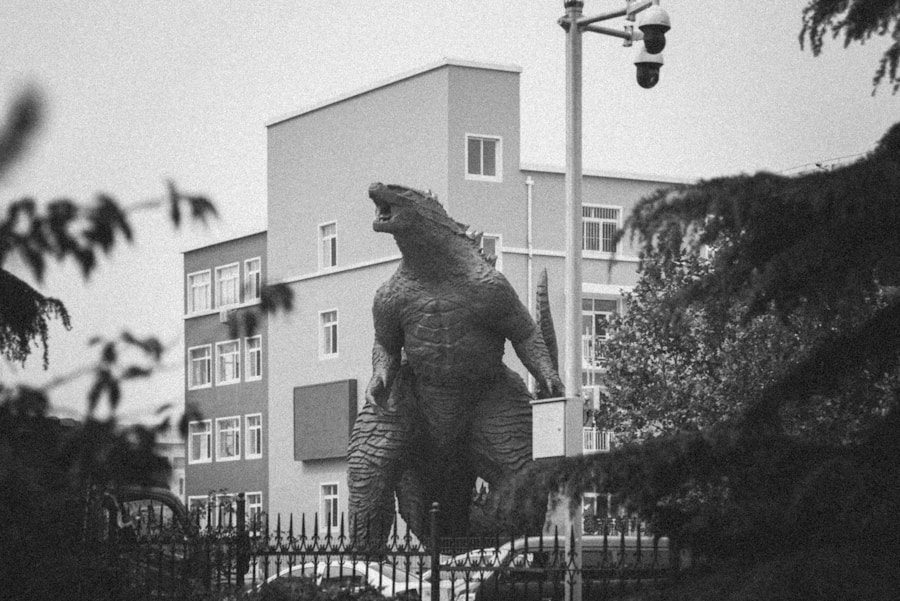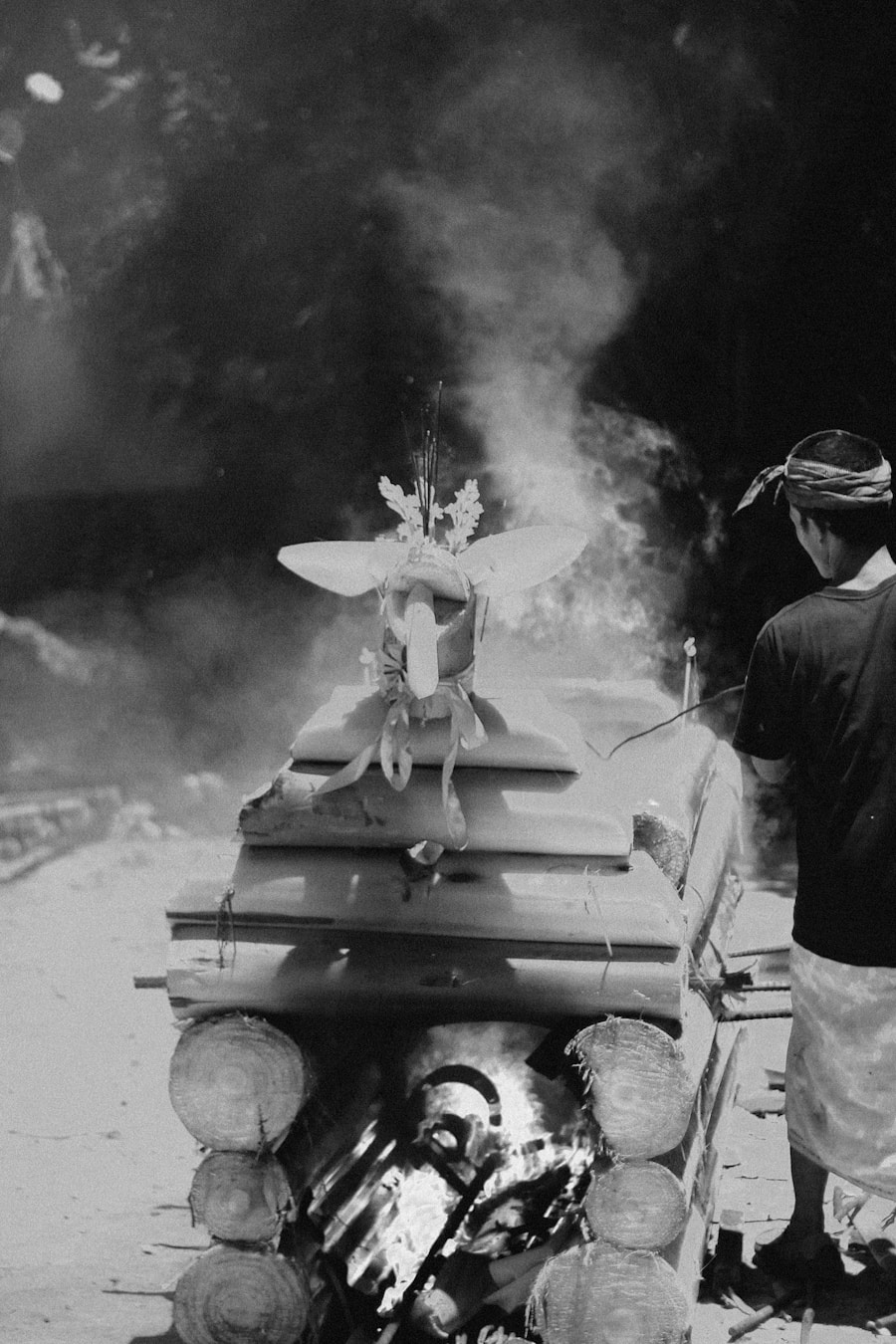You may find it fascinating to explore the world of kaiju, the giant monsters that have captivated audiences since their inception in Japanese cinema. The term “kaiju” translates to “strange beast,” and it encompasses a range of colossal creatures, from Godzilla to Mothra. The 1960s marked a significant turning point for kaiju films, particularly with the release of “Invasion of Astro-Monster” in 1965.
This film not only showcased the genre’s unique blend of science fiction and horror but also served as a bridge between Japanese and American cinematic cultures. As you delve into this era, you’ll discover how kaiju films began to evolve, reflecting broader societal changes and the growing influence of American culture. “Invasion of Astro-Monster” stands out as a pivotal entry in the kaiju genre.
It features Godzilla and Rodan teaming up to battle King Ghidorah, an alien monster threatening Earth. The film’s narrative intertwines themes of space exploration and international cooperation, mirroring the zeitgeist of the 1960s, a decade marked by technological advancements and geopolitical tensions. As you examine this film, you’ll see how it encapsulates the spirit of its time while also laying the groundwork for future kaiju films that would continue to resonate with audiences around the world.
Key Takeaways
- Kaiju films, a genre of Japanese monster movies, gained popularity in the 1960s with the release of “Invasion of Astro-Monster.”
- American culture, including Cold War fears and the space race, heavily influenced the themes and storylines of Kaiju films during this time.
- American filmmakers, such as Ishirō Honda and Eiji Tsuburaya, played a significant role in the production and special effects of Kaiju movies.
- American marketing and distribution strategies helped popularize Kaiju films in the United States, leading to a dedicated fanbase.
- The Americanization of Kaiju characters and storylines, such as Godzilla becoming a heroic figure, altered the original Japanese concepts to appeal to Western audiences.
The Influence of American Culture on Kaiju Films
The Rise of American Film Dominance
The 1960s marked a pivotal moment in the global film industry, as American films began to dominate box offices worldwide. Japanese filmmakers took note of this trend and sought to incorporate elements of American storytelling into their own works.
American Ideals and Monstrous Allegory
The resulting kaiju films featured not only larger-than-life monsters but also reflected American ideals of heroism and adventure. However, these films also critiqued American fears and aspirations through the lens of monstrous allegory, offering a unique perspective on the cultural exchange between the two nations.
Mirroring American Fears and Aspirations
As you delve deeper into the world of kaiju films, consider how they mirrored American anxieties about consumerism, technology, and the Cold War, while also reflecting the nation’s aspirations for heroism and adventure. This complex interplay of cultural influences is a hallmark of the kaiju genre, and one that continues to fascinate audiences to this day.
The Role of American Filmmakers in the Production of Kaiju Movies

You may be surprised to learn that American filmmakers played a significant role in the production and distribution of kaiju movies during this period. While Japanese studios like Toho were at the forefront of creating these iconic monsters, collaborations with American filmmakers helped elevate the genre’s profile. Directors such as Ishirō Honda, who helmed many Godzilla films, were influenced by Hollywood techniques, which they adapted to fit their unique storytelling styles.
Moreover, American involvement often extended beyond mere collaboration; it included financial backing and marketing strategies that helped kaiju films reach wider audiences. You might find it interesting how these partnerships allowed for a cross-pollination of ideas, resulting in films that retained their Japanese roots while appealing to American sensibilities. This blending of cultures not only enriched the kaiju genre but also set the stage for future collaborations that would further blur the lines between Eastern and Western cinema.
The Impact of American Marketing and Distribution on Kaiju Films
| Year | Number of Kaiju Films Released | Box Office Revenue (in millions) | Marketing Budget (in millions) |
|---|---|---|---|
| 1954 | 1 | 2.2 | 0.1 |
| 1964 | 3 | 15.6 | 1.5 |
| 1974 | 5 | 32.8 | 3.2 |
| 1984 | 7 | 45.3 | 5.6 |
| 1994 | 9 | 72.1 | 8.3 |
| 2004 | 11 | 98.5 | 12.7 |
| 2014 | 13 | 121.9 | 15.4 |
As you delve deeper into the marketing and distribution strategies employed for kaiju films, you’ll discover how crucial these elements were in shaping their success in the United States. The marketing campaigns often emphasized the spectacle of giant monsters battling each other, appealing to audiences’ sense of wonder and excitement. You might find it fascinating how posters and trailers were designed to evoke a sense of urgency and thrill, often exaggerating the film’s content to draw in viewers.
Distribution strategies also played a vital role in ensuring that kaiju films reached American audiences. The use of double features—pairing a kaiju film with another genre film—was a common tactic that helped introduce these movies to a broader audience. As you consider these marketing techniques, reflect on how they not only promoted individual films but also contributed to the overall popularity of the kaiju genre in America.
This strategic approach laid the groundwork for future monster movies and established a loyal fan base that continues to thrive today.
The Americanization of Kaiju Characters and Storylines
As you examine the Americanization of kaiju characters and storylines, you’ll notice significant changes that occurred when these films were adapted for Western audiences. While original Japanese versions often contained deeper social commentary and cultural references, American adaptations frequently simplified narratives to focus on action and spectacle. You might find it intriguing how characters were reimagined or renamed to resonate more with American viewers, sometimes stripping away their original complexities.
This transformation was not merely cosmetic; it reflected broader cultural shifts and expectations. For instance, while Godzilla was initially portrayed as a terrifying force of nature symbolizing nuclear devastation, later American adaptations often depicted him as a more heroic figure. This shift illustrates how cultural perceptions can evolve over time, influenced by changing societal values.
As you analyze these adaptations, consider how they both honored and altered the original narratives, creating a unique blend that appealed to diverse audiences.
The Reception of Kaiju Films in the United States

The reception of kaiju films in the United States was a complex phenomenon that evolved over time. Initially met with skepticism, these films gradually gained popularity as audiences became more accustomed to their unique blend of science fiction and horror elements. You may find it interesting how critics often dismissed them as mere B-movies, yet they developed a cult following that appreciated their campy charm and imaginative storytelling.
As you explore audience reactions, consider how factors such as nostalgia played a role in shaping perceptions of kaiju films. For many viewers, these movies represented an escape from reality during turbulent times, offering thrilling adventures filled with larger-than-life monsters. This growing appreciation eventually led to more mainstream acceptance, paving the way for future generations to embrace kaiju culture in various forms—from merchandise to conventions celebrating these iconic creatures.
The Legacy of the 1960s Invasion of Astro-Monster in American Pop Culture
The legacy of “Invasion of Astro-Monster” extends far beyond its initial release; it has left an indelible mark on American pop culture that continues to resonate today. As you reflect on its impact, consider how this film helped solidify Godzilla’s status as an enduring cultural icon. The themes explored within its narrative—such as cooperation against a common enemy—remain relevant in contemporary discussions about global challenges.
Moreover, “Invasion of Astro-Monster” has inspired countless filmmakers, artists, and writers across various mediums. You might find it fascinating how its influence can be seen in everything from blockbuster movies to independent projects that pay homage to kaiju lore. This film not only contributed to the evolution of monster cinema but also fostered a sense of community among fans who celebrate its legacy through fan art, cosplay, and conventions dedicated to all things kaiju.
The Continued Influence of Americanization on Kaiju Films
As you conclude your exploration of kaiju films and their Americanization, it’s clear that this genre has undergone significant transformations since its inception. The interplay between Japanese creativity and American influence has shaped not only individual films but also the broader landscape of monster cinema. You may find it compelling how this ongoing dialogue continues to evolve, reflecting changing cultural dynamics and audience expectations.
The legacy of kaiju films remains vibrant today, with new entries emerging that pay tribute to their roots while also pushing boundaries. As you look ahead, consider how future filmmakers will navigate this rich history while crafting stories that resonate with contemporary audiences. The continued influence of Americanization on kaiju films serves as a reminder of the power of storytelling—a universal language that transcends borders and unites fans across generations.
